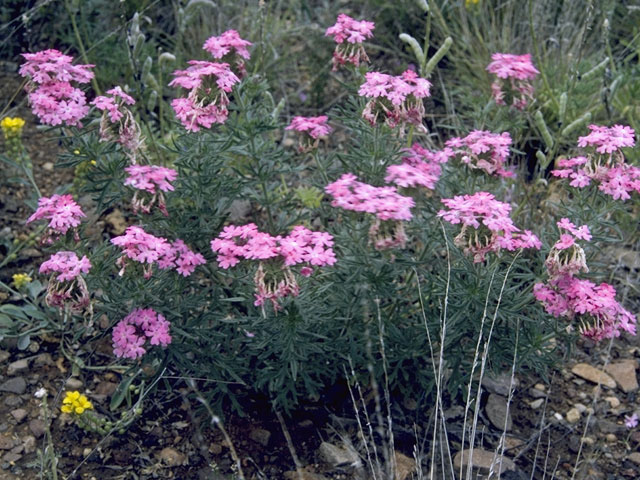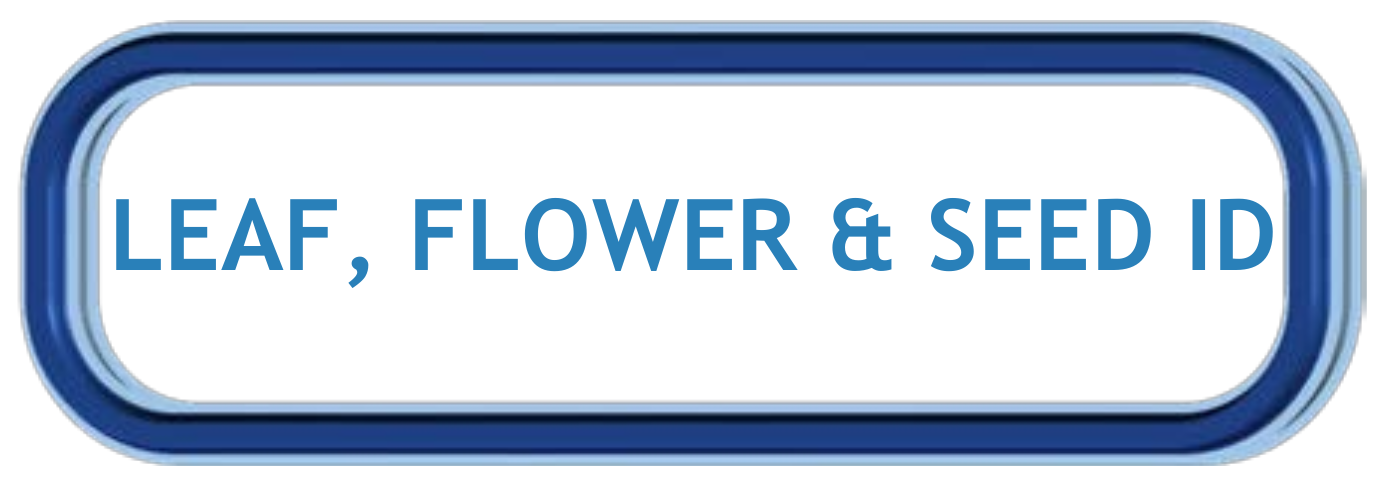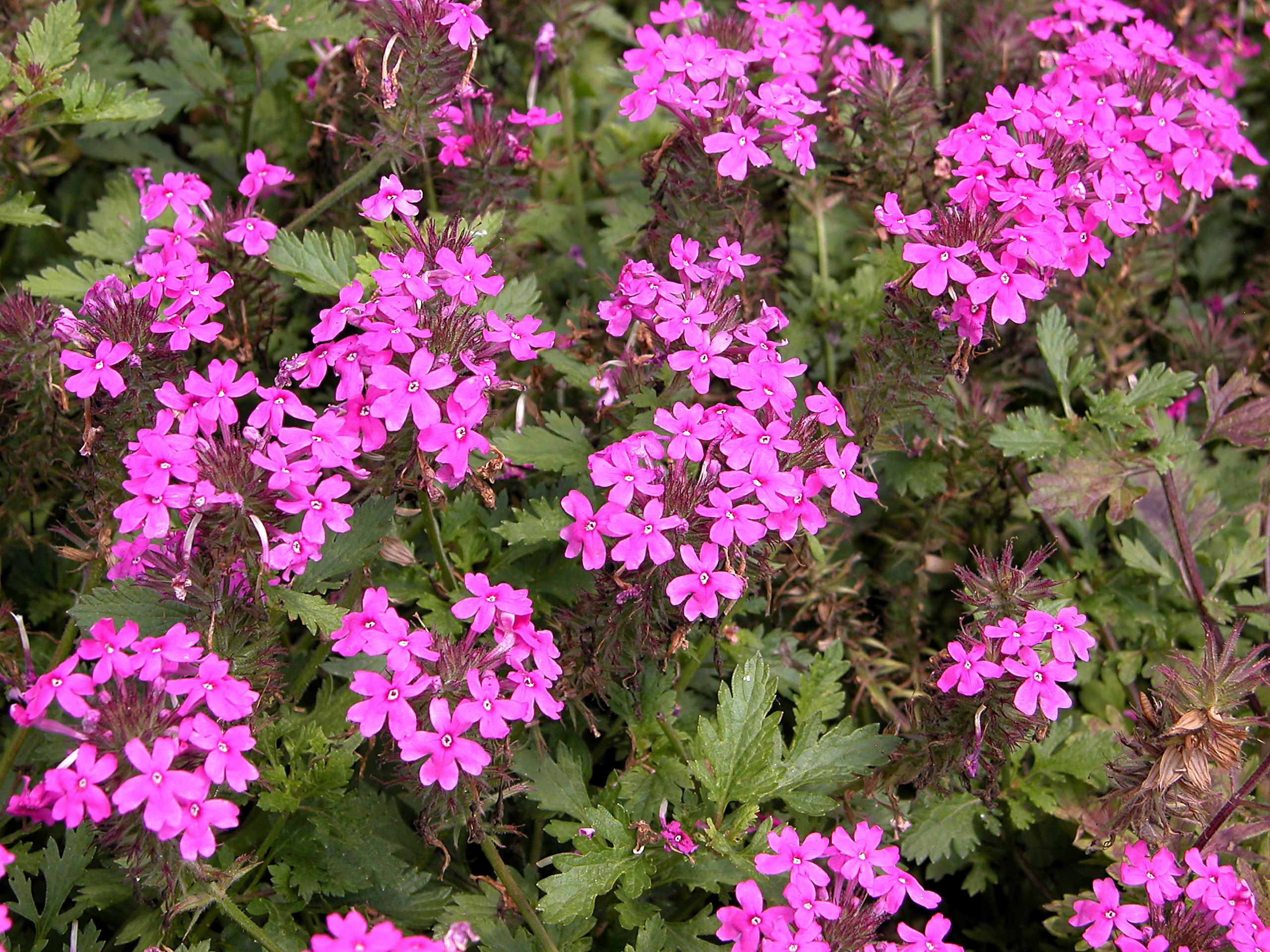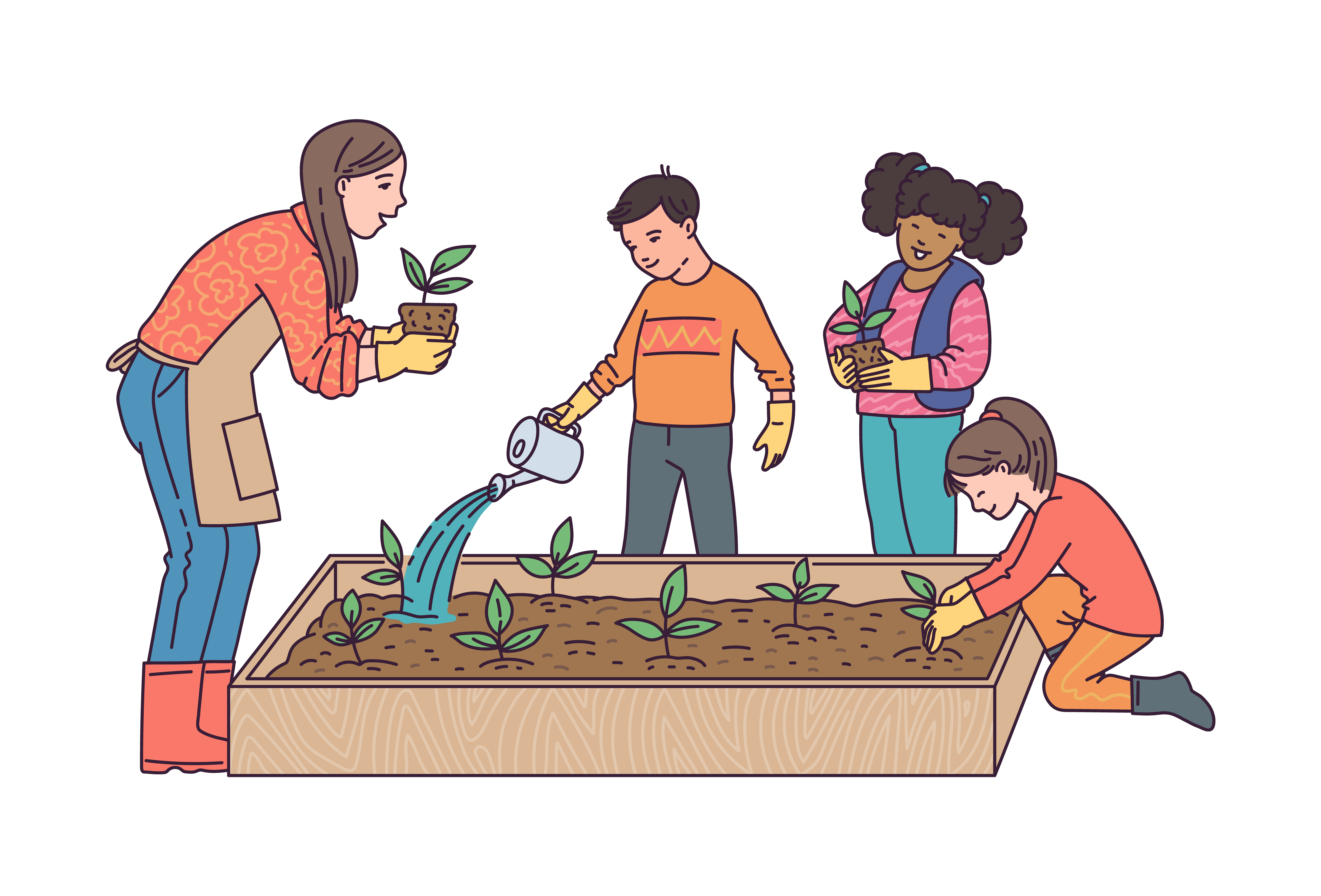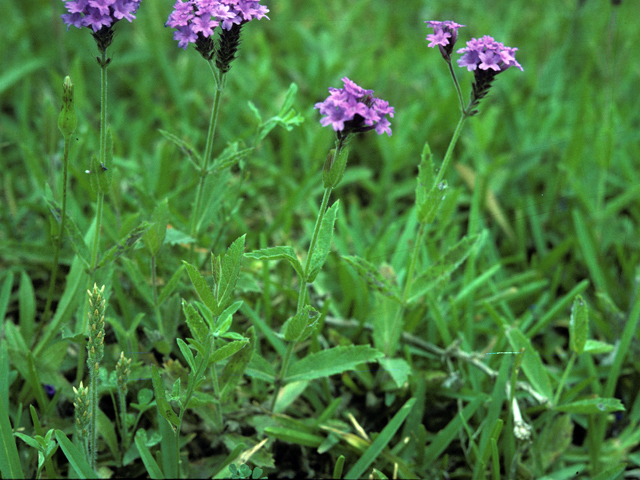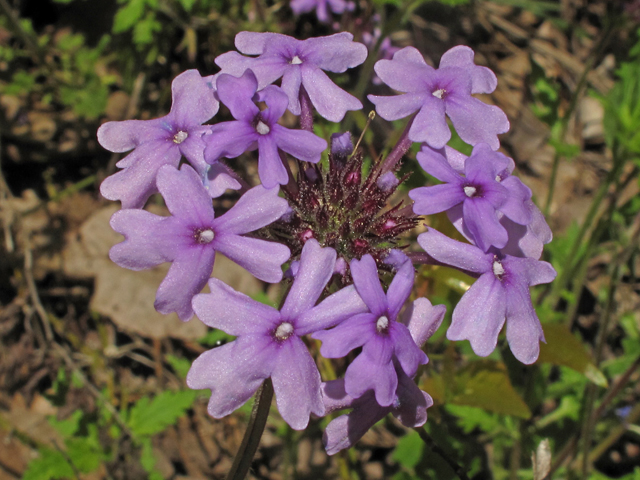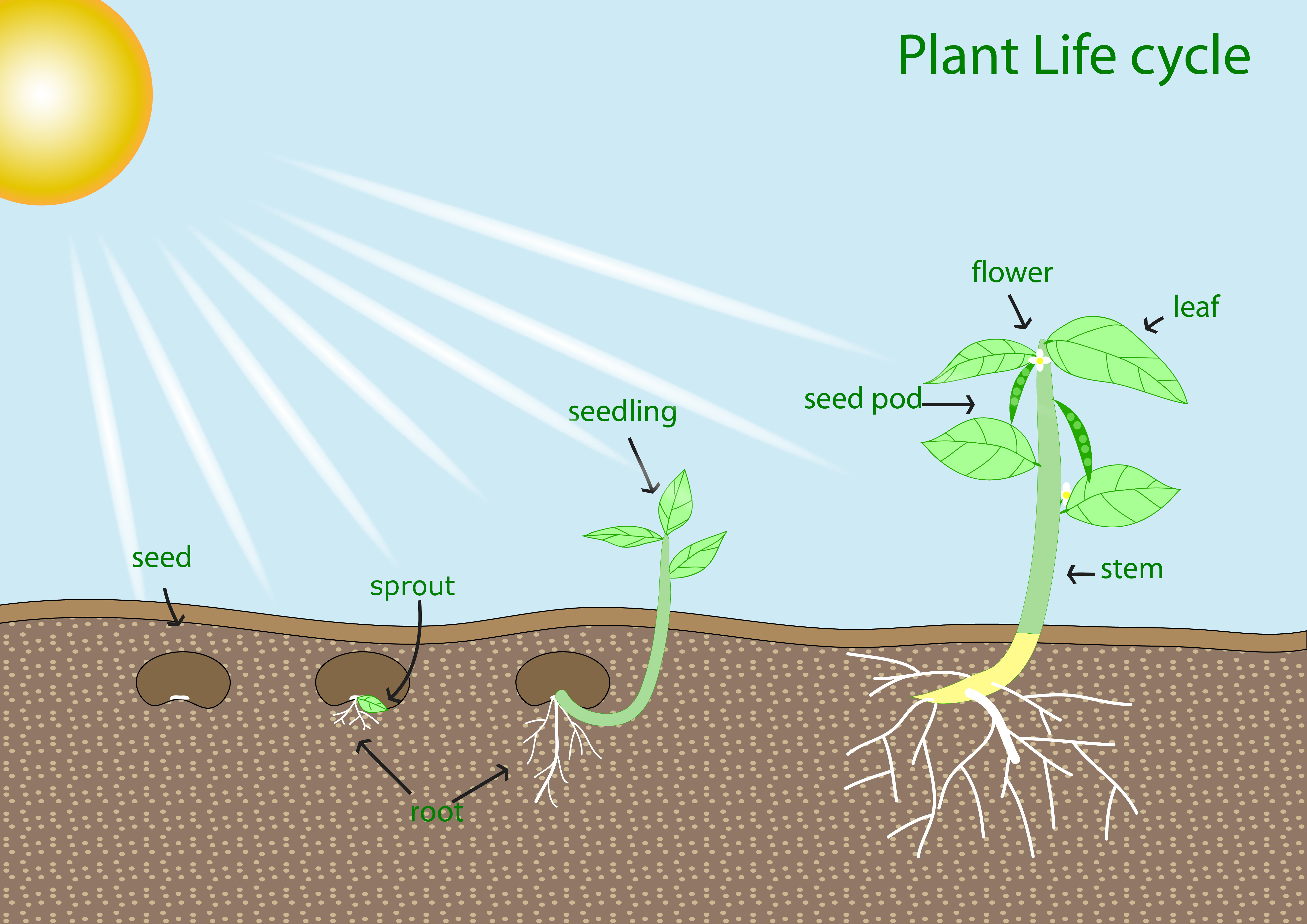Dig into Plants: Rose Vervain
| Rose Vervain Other Common Names: Sweet William, Rose Mock Vervain, Rose Verbena Scientific Name: Glandularia canadensis Native to Alabama: Yes |
|
Lady Bird Johnson Wildflower Center W.D. and Dolphia Bransford Click on image to enlarge it |
Learn more about...
| Ecological Benefits | ||||||||
| This plant provides food for: |
||||||||
|
|
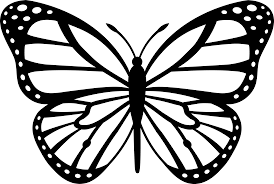 |
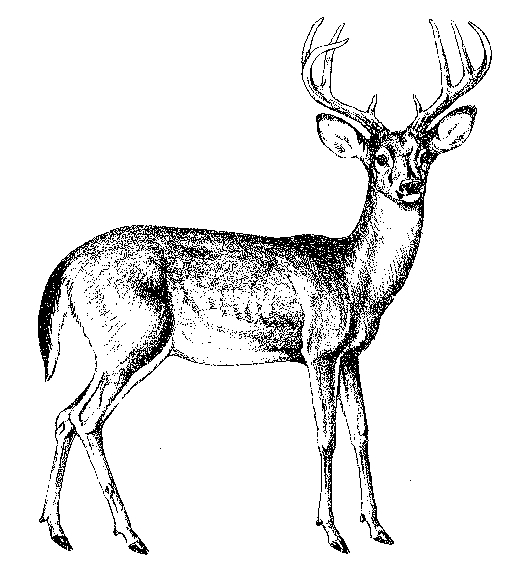 |
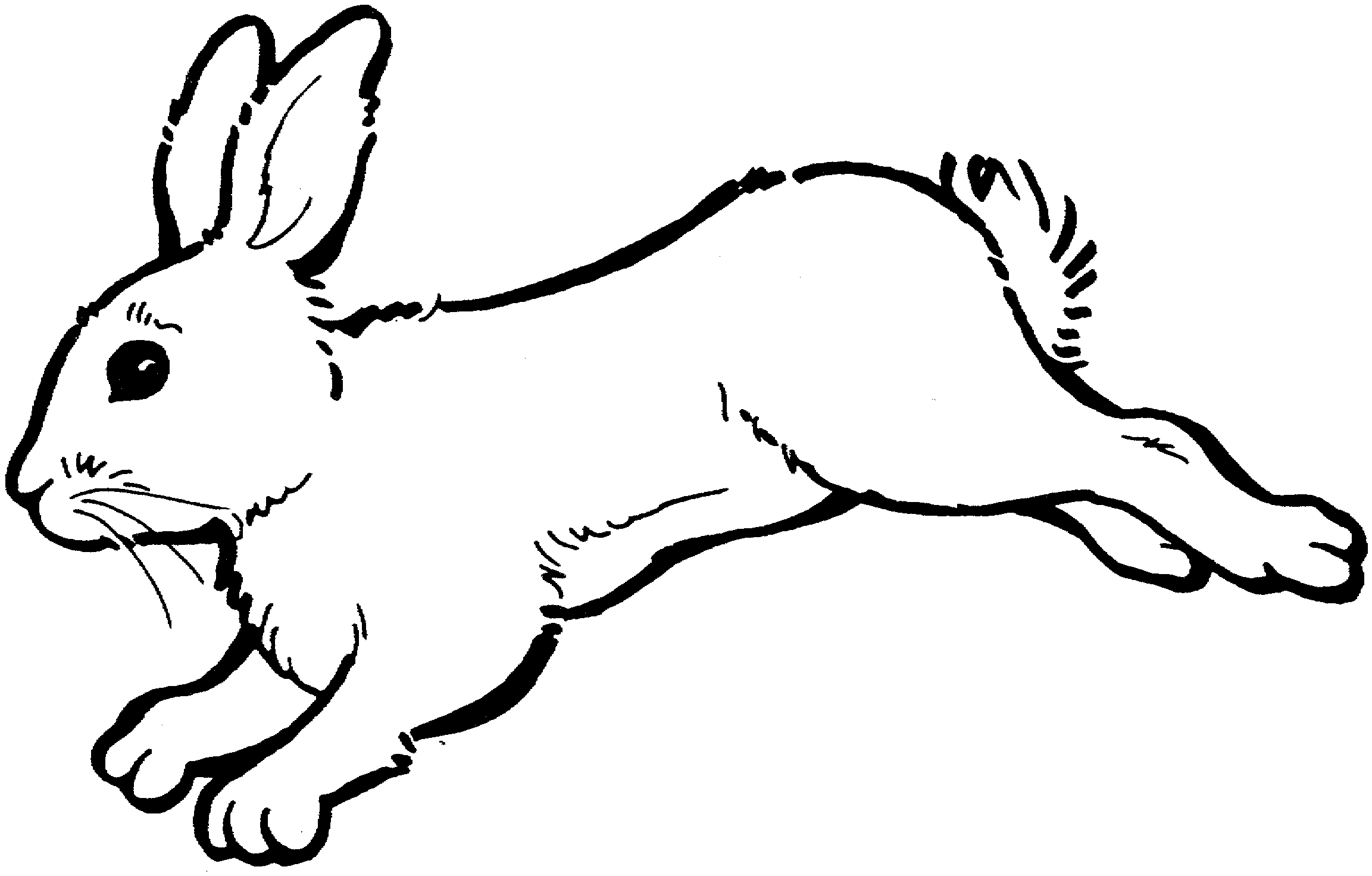 |
|||||
| Butterflies | Deer | Rabbits | ||||||
| Other Plants Found in Alabama with Similar Ecological Benefits: |
|
| Prairie Verbena (Glandularia bipinnatifida) |
Southwestern Mock Vervain (Glandularia gooddingii) |
 |
 |
| Habitat Requirements | |||
| This plant prefers: | |||
|
(2-6 hours of sun per day) |

Average Watering |
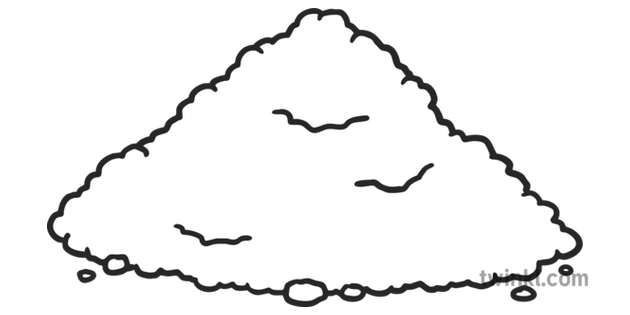 Well-drained, Sandy, Acidic, Well-drained, Sandy, Acidic,or Moist Soil |
|
| Leaf, Flower & Seed Identifiation | |||||
| LEAF DESCRIPTION |
Lady Bird Johnson Wildflower Center
Harry Cliffe Click on image to enlarge it |
||||
| Leaf Characteristics Chart (PDF) | |||||
| Shape: Ovate |
Margin: Serrate and Lobed |
Arrangement: Opposite |
Form: Simple |
||
|
|
|
|
|||
| Description: | |||||
|
4-inch long, dark green, dissected on each side of the central axis, and may be hairy
|
|||||
| FLOWER DESCRIPTION |
Lady Bird Johnson Wildflower Center
Alan Cressler Click on image to enlarge it |
|||
| Flower Shapes Chart (JPG) | ||||
| Color: Pink, rosy-pink, lavendar |
Shape:
Tubular |
Bloom Months: Feb - Sep |
||
| Description: | ||||
|
Fragrant flowers in 2-inch, flat-topped clusters are produced at the top of the branch tips; flowers have 5 petals
|
||||
| SEED DESCRIPTION |
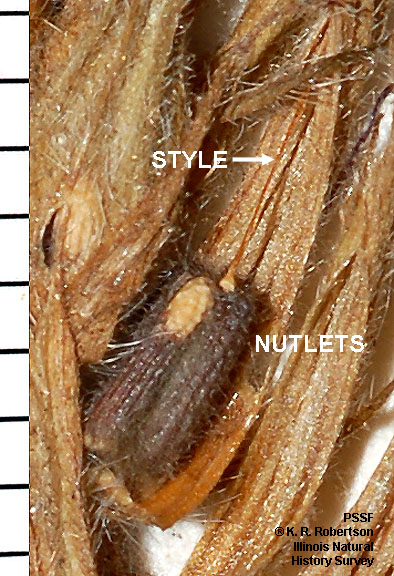 Eastern Illinois University
K. R. Robertson Click on image to enlarge it |
||
| Type: Fruit - Dry Seed Pod |
Description: Acorn-like shaped seed pad; small, cylindrical, brown seeds |
||
| Plant spreads by: | |||
| Seeds and Rhizomes/ Tubers/ Roots & Shoots Hairy, grounded stems, rooting at the nodes where they touch the ground to form ground cover; self-seeds in ideal growing conditions |
|||
ADDITIONAL RESOURCES FOR TEACHERS
| Quick Fact Sheet (Condensed Species Info) |
Plant ID Sign: Ready as-is PDF |
Plant ID Sign: Editable Word Doc |
QR Code (Links to this Webpage) |
INFORMATION SOURCES FOR THIS PLANT
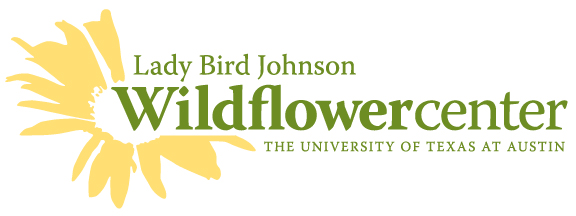 |
 |
|
|
|
 |
 Wildlife Tag
Wildlife Tag
